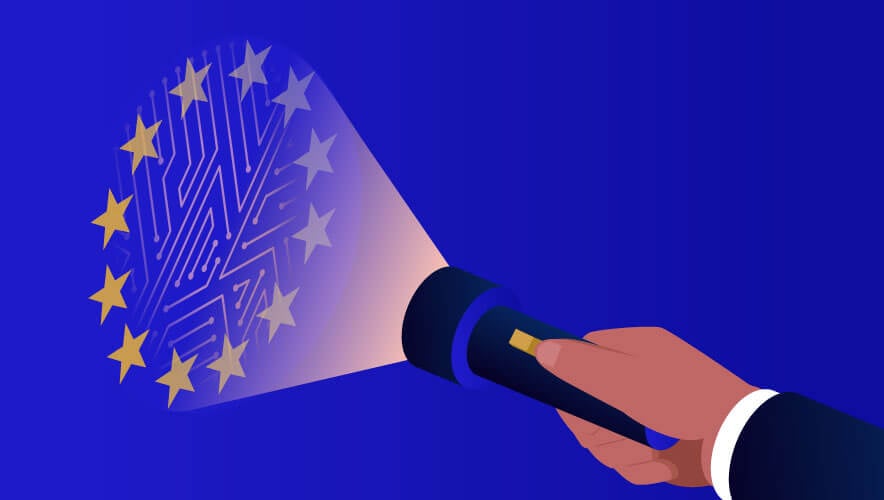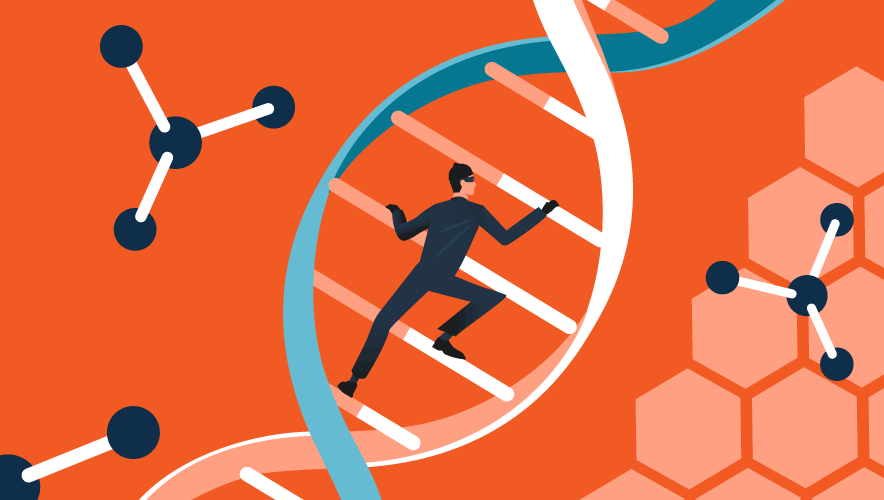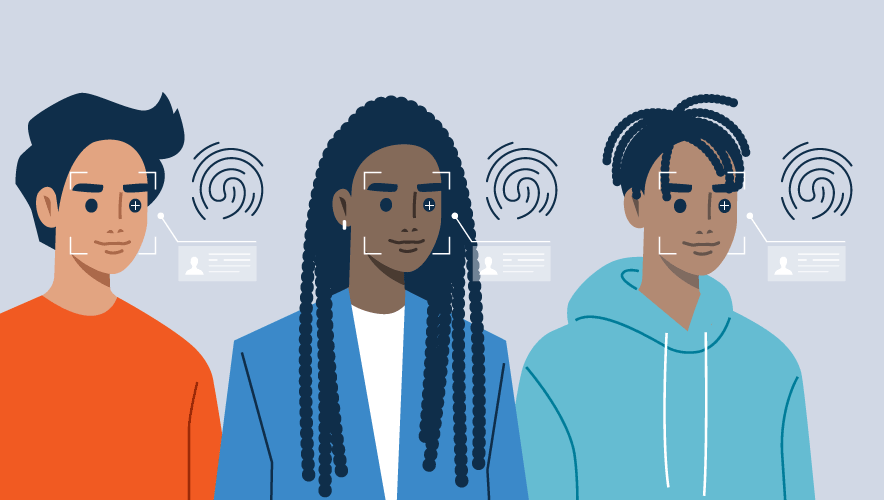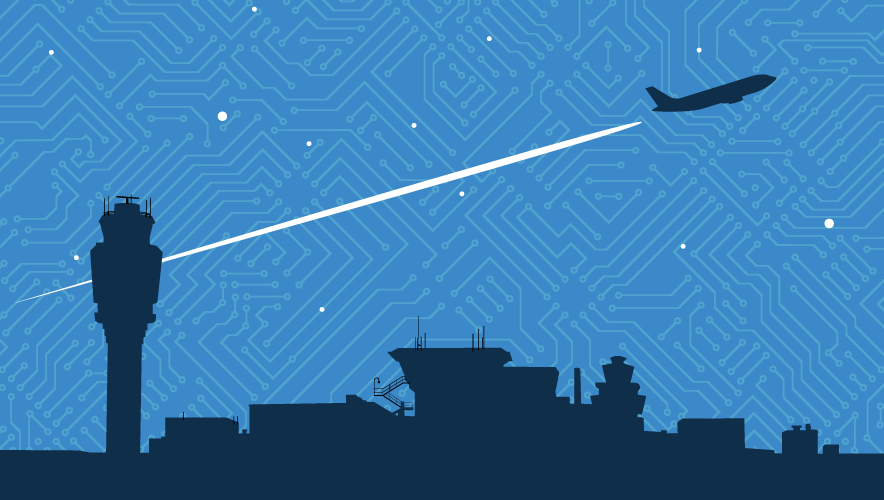Seven AI Applications That Are Transforming Security Operations
Traditionally, security measures have relied upon conventional methods such as locks, guards, and surveillance cameras. Recently, AI has emerged as a new must-have tool in security operations, reshaping the role of security cameras and transforming them into a new breed of defense systems through vision AI models.
Similar models are already driving innovation across various industries, including AI content creation, autonomous vehicles, and robotics. For example, in driverless cars, the vision AI component constantly analyzes video feeds from multiple cameras strategically installed in different parts of the vehicle. Thus, it can detect a stop sign or a pedestrian in front, which, in turn, stops the car.
An equally impactful application lies in security camera surveillance. Capable of analyzing hundreds or even thousands of cameras without any downtime, AI watches out for risks and anomalies, alerting people to any cases worth further investigation.
Below are a few examples of what AI can do with security camera footage:
- Proactive Threat Detection: Behavior Analysis
AI algorithms have ushered in a new era of proactive security by analyzing behavior patterns within surveillance footage. This enables the early detection of potential threats, such as identifying individuals loitering in sensitive areas or exhibiting unusual behavior patterns. - Enhanced Surveillance: Object Recognition
AI-driven object recognition expands the capabilities of traditional surveillance cameras by detecting and identifying objects that may pose security risks. From unattended bags to suspicious objects in public areas, AI-equipped systems can alert security personnel to potential threats in real-time. - Mitigating Risks in Crowded Environments: Crowd Analysis
In scenarios involving large crowds, AI-powered crowd analysis provides valuable insights into crowd dynamics. By identifying potential risks such as crowd crushes or disturbances, security teams can respond swiftly to emerging situations, ensuring the safety of event attendees.
- Optimizing Traffic Management: License Plate Recognition
AI-based license plate recognition systems play a crucial role in traffic management and security enforcement. By reading and cataloging license plates, these systems aid in monitoring vehicle traffic, tracking stolen vehicles, and enforcing parking and traffic regulations. - Effective Surveillance in Challenging Conditions: Thermal Imaging and Night Vision
AI enhances thermal imaging and night vision technologies, enabling effective surveillance even in low-light or no-light conditions. Additionally, AI can detect temperature anomalies indicative of fires or chemical spills, enhancing situational awareness and response capabilities.
- Facilitating Identification: Facial Recognition
The integration of facial recognition technology into AI-powered cameras facilitates access control and the identification of persons of interest. From enhancing security in restricted areas to assisting in criminal investigations, facial recognition adds a layer of security and efficiency to surveillance systems.
- Incident Tracking: Perception AI
Security incidents typically unfold through space and time, so every AI-enabled camera can only capture one piece of the puzzle, but no camera has the whole picture. Unlike this more common approach, Perception AI, designed by VOLT, fuses signals across all cameras to create a comprehensive understanding of space in time. As a result, security teams can track incidents as they progress. Learn more here.
Sponsored Content by Volt













